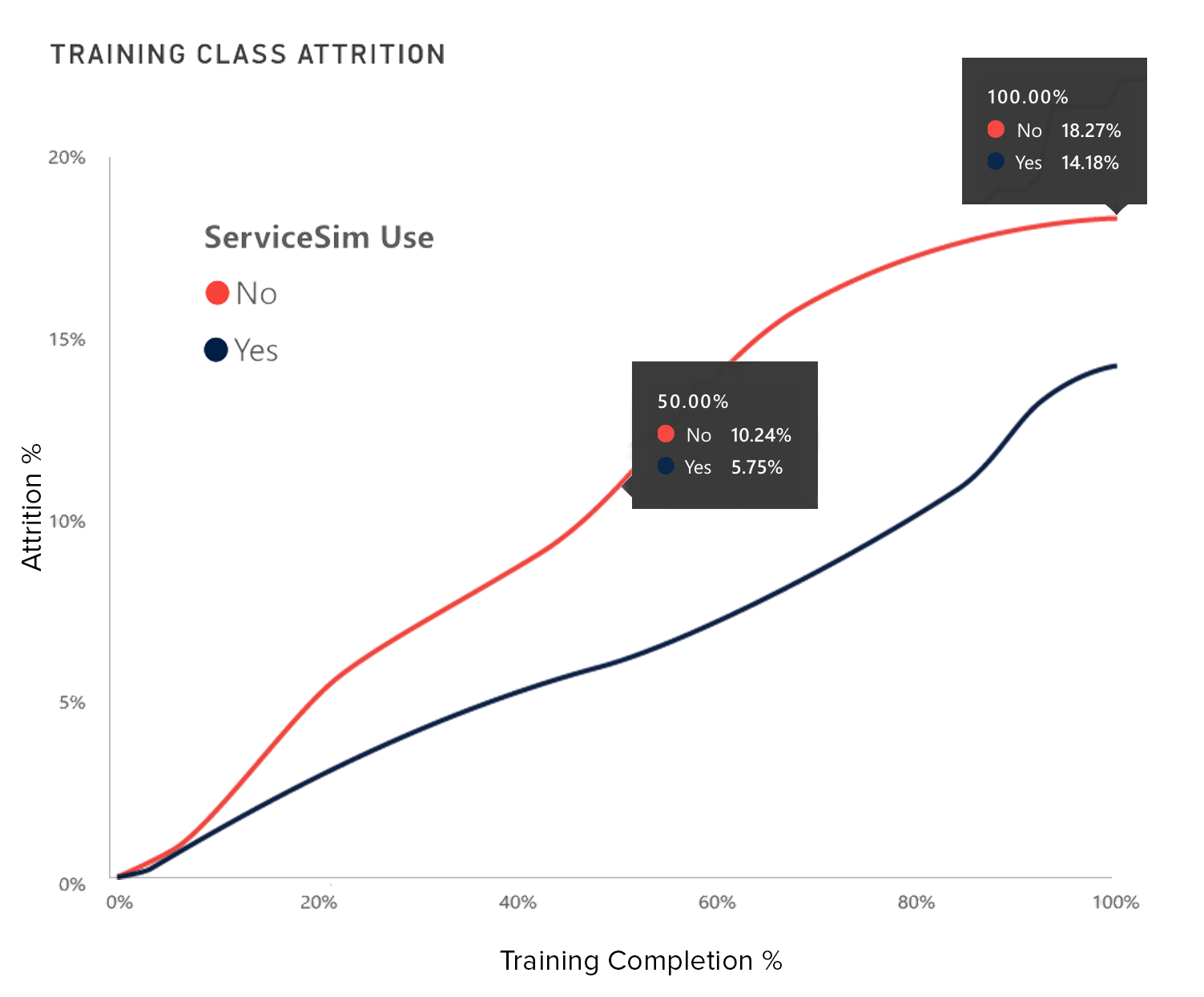Watch the full podcast here:
Or click here to just listen to the audio.
Today we’re analyzing actual stories and case studies of the unintended consequences of performance management systems with our guest Dave Seaton. Thanks for joining us!
[ 3:20-5:51 ] Let’s start off with an example where customers were complaining of long turn around times. A performance management system was put in place incentivizing programers to hit a quote of sending 32 projects per month to quality assurance. The programmers modified their behavior to meet the quota. Productivity shoots through the roof, programers qualify for the rewards and avoid the punishments as outlined in the performance management system, but … the turn around times actually got longer.
How did this happen?
How do unintended consequences subvert our good intentions?
[ 8:46 – 9:05 ] Remember The Good Hearts Law: when a metric becomes a target it ceases to be a good metric, because behavior will change to achieve the metric, and not necessarily to produce the intended consequences.
Most people, when they discover this dilemma of unintended consequences, decide to stop incentivizing the metric, but rather to incentivize the behaviors that will drive the metric. This is a good first step. The next problem may be that the behavior-driven incentives also had unintended consequences.
[ 12:39 – 14:31 ] So, here’s the answer to the million dollar question: We must first diagnose what customers value about interactions with us. Define the experience we’re trying to provide. Then measure that in every way you can, because we aren’t saying metrics are unhelpful. Continue with a thorough root cause analysis. Next, improve the metrics, and then put a governance system in place so we don’t revert to previous practices.
So back to our example with the programers who were gaming the system – How did management fix the issue? They analyzed all of the root causes and put a new performance management system in place that was based on team performance. The programer no longer succeeded or failed based on individual performance.
Today’s real question is how do we learn to think differently?
The rallying cry is always, “how do we do more with less?”
[ 25:15 – 27:12 ] Here’s another great example out of the airline industry in Europe from the 70s and 80s. They committed to their niche and didn’t let any other metic get in the way.
As always, thanks for tuning in! To listen to a recording of this and other episodes, visit vistio.io/podcasts. And to join our show live each week, go to vistio.io/cxlive.

